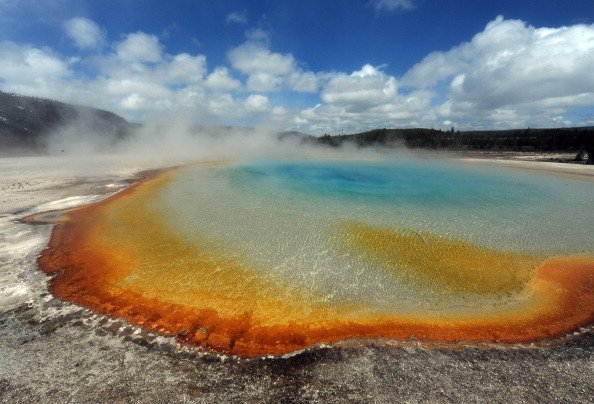OF THE
TIMES
US considers 'mobile bases' for Pacific war Another imbecile idea of the usual armchair chicken hawks. For details, see here : [Link]
Looting, buggery, rape, torture, fighting, stabbing, its the 1600's all over again. Cultural enrichment comes in many forms.
Of course they did. When AmeriKa says its time to stop the war, then you have the axis blessing. Till then, more military aid for killing, and a...
I have a better idea. Go home and look after your own country. Stop making people's lives miserable.
Is this just another case of the US wanting to own the world?
To submit an article for publication, see our Submission Guidelines
Reader comments do not necessarily reflect the views of the volunteers, editors, and directors of SOTT.net or the Quantum Future Group.
Some icons on this site were created by: Afterglow, Aha-Soft, AntialiasFactory, artdesigner.lv, Artura, DailyOverview, Everaldo, GraphicsFuel, IconFactory, Iconka, IconShock, Icons-Land, i-love-icons, KDE-look.org, Klukeart, mugenb16, Map Icons Collection, PetshopBoxStudio, VisualPharm, wbeiruti, WebIconset
Powered by PikaJS 🐁 and In·Site
Original content © 2002-2024 by Sott.net/Signs of the Times. See: FAIR USE NOTICE

but u left out that the helium they dicovered, over a 10 year study, they believe to have started coming out of yellowstone when it first came to be about 2 million years ago. and yes it inflates and deflates and has earthquakes. i track it, its normal as of 3.4.14. couldnt find anything about new cracks but that sort of thing can be hard to find on the internet unless it was imensece and 'newsworthy' lol. newsworthy, lol again. more importantly weve never had an eruption of that magnatude, nor could u study it if we did. so for 'scientists' to say its gonna look like mt st helens before hand...not real sure. my thinking is that theyre the opposite of regular volcanos. meaning they have a sudden depresurization inside the magma chamber causing the entire roof to collapse and then its almost like dropping a giant boulder into a bucket of water. splash!